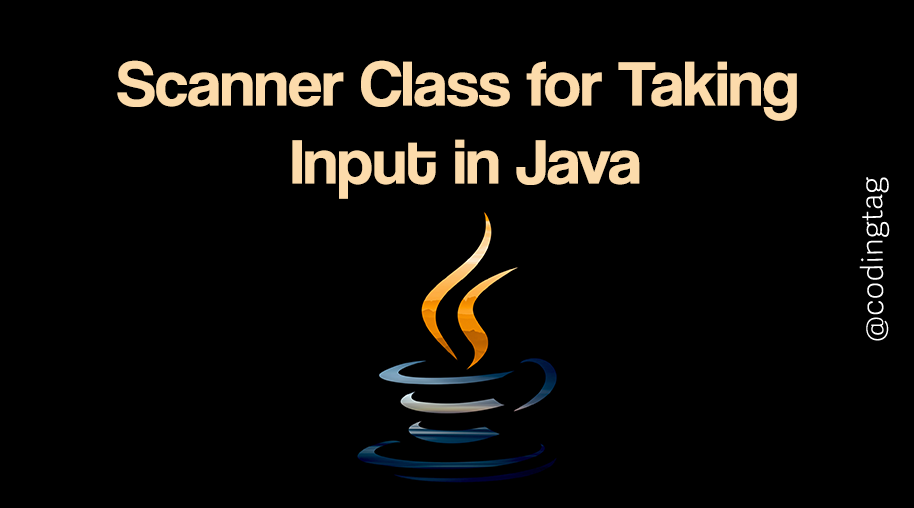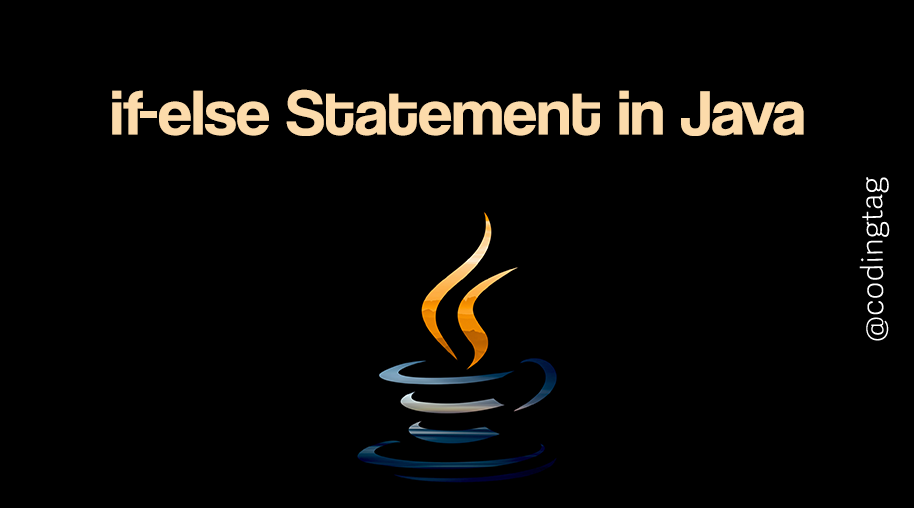Best Practices and Tips in Control Statements
0 336
Introduction
Control statements are the core of any decision-making or iterative logic in Java. Whether it's if-else, for loops, or switch cases, applying the right practices ensures that your code remains readable, maintainable, and efficient.
This tutorial outlines some of the best practices and tips in control statements for Java developers.
Use Braces Even for Single Statements
While Java allows you to omit braces for single-line control statements, it's safer and clearer to always include them.
// Avoid this:
if (x > 0)
System.out.println("Positive");
// Prefer this:
if (x > 0) {
System.out.println("Positive");
}
This avoids accidental inclusion of unrelated statements and improves clarity during maintenance.
Keep Conditions Simple and Readable
Complex conditions can make your code hard to read and debug. Break them into meaningful variables or methods.
// Complex and hard to understand
if ((age > 18 && country.equals("India")) || isVerifiedUser()) { ... }
// Better approach
boolean isAdultInIndia = age > 18 && country.equals("India");
if (isAdultInIndia || isVerifiedUser()) { ... }
Avoid Deep Nesting
Deeply nested control statements are harder to read. Try to refactor long blocks into methods or use early exits.
// Avoid deeply nested code
if (user != null) {
if (user.isActive()) {
if (!user.isBlocked()) {
process(user);
}
}
}
// Better with early return
if (user == null || !user.isActive() || user.isBlocked()) return;
process(user);
Use switch-case Carefully
When using switch, always add break unless you want the execution to fall through intentionally.
switch (day) {
case "MONDAY":
System.out.println("Start of the week");
break;
case "FRIDAY":
System.out.println("Weekend is near!");
break;
default:
System.out.println("Regular day");
}
Use Enhanced for-each Loops Where Possible
If you're just iterating over elements without needing the index, prefer using the enhanced for loop.
// Traditional for loop
for (int i = 0; i < list.size(); i++) {
System.out.println(list.get(i));
}
// Enhanced for loop
for (String item : list) {
System.out.println(item);
}
Use continue and break Judiciously
Although continue and break are useful, overusing them can make your loops harder to follow. Use them with clear intention and document the reason if necessary.
Avoid Repetition in Control Blocks
Avoid duplicating logic inside multiple branches of control statements. Extract the common code into a method or handle it after the block.
// Repetitive
if (status.equals("SUCCESS")) {
logSuccess();
updateStatus();
} else if (status.equals("PENDING")) {
logSuccess();
updateStatus();
}
// Improved
logSuccess();
updateStatus();
Conclusion
Following these best practices and tips in control statements not only improves your Java code's readability but also reduces the chances of logical errors. Clean, intentional control flow is key to writing scalable and professional applications.
Make these habits a part of your everyday coding!
If you’re passionate about building a successful blogging website, check out this helpful guide at Coding Tag – How to Start a Successful Blog. It offers practical steps and expert tips to kickstart your blogging journey!
For dedicated UPSC exam preparation, we highly recommend visiting www.iasmania.com. It offers well-structured resources, current affairs, and subject-wise notes tailored specifically for aspirants. Start your journey today!

Share:






Comments
Waiting for your comments